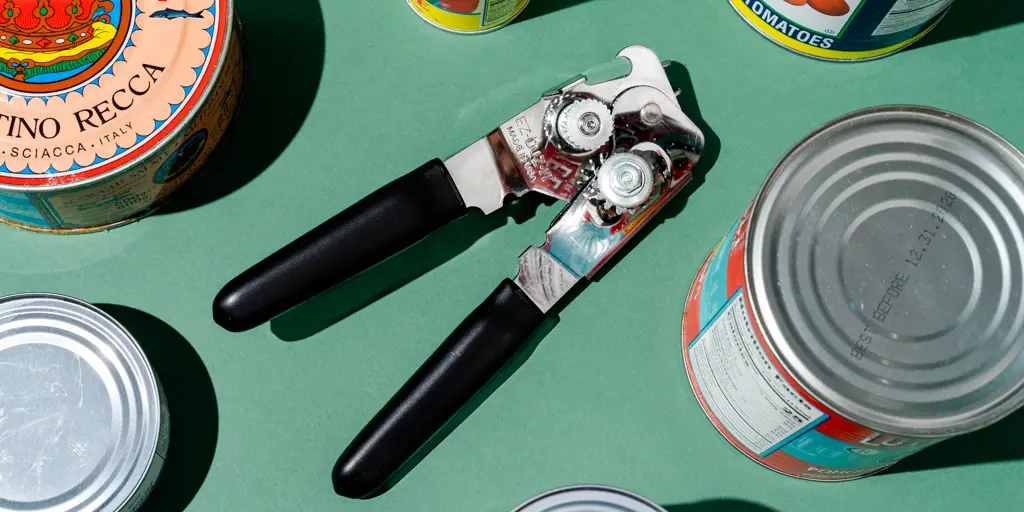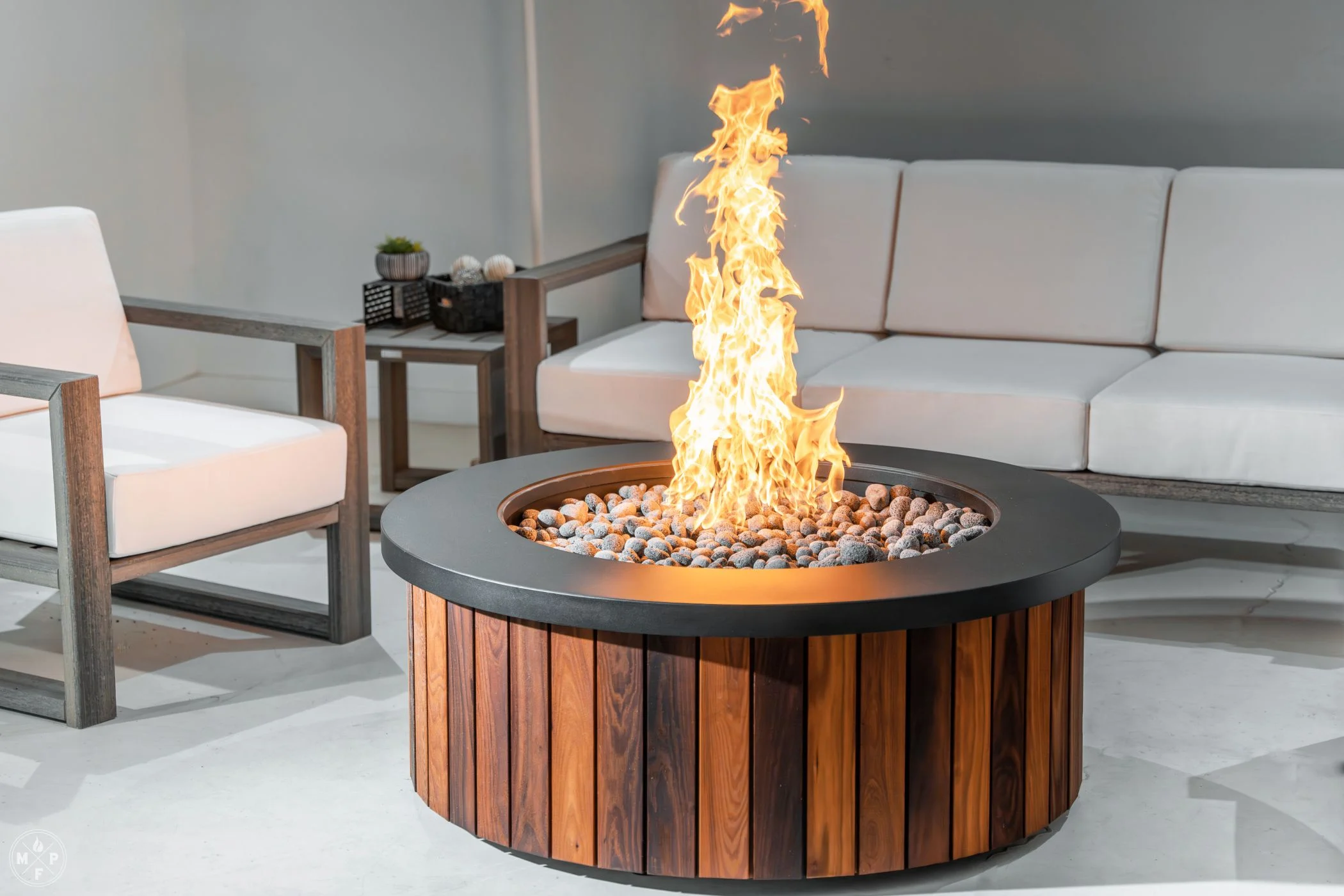HTML CSS are two important tools for making websites. HTML stands for HyperText Markup Language, and CSS stands for Cascading Style Sheets. Together, HTML help create and style web pages so they look nice and work well.
Learning HTML can be really fun and easy. HTML lets you add text, pictures, and links to your site. CSS helps you change how everything looks, like the colors and fonts. With a bit of practice, you’ll be making your own web pages in no time!
What is HTML CSS
HTML CSS are tools that help you build and design websites. HTML stands for HyperText Markup Language, and it’s used to create the structure of a webpage. This means you can add headings, paragraphs, and images to your site. CSS, on the other hand, stands for Cascading Style Sheets. It helps you change how your website looks, like the colors and sizes of text.
In simple terms, HTML creates the basic parts of a website, while CSS makes it look pretty. For example, HTML might place a picture on your page, and CSS can decide if the picture is big or small, and where it should go. Learning these two tools can help you make your own cool websites.
Getting to know HTML is like learning how to build and decorate a house. HTML is the house itself, and CSS is the paint and decorations. With these tools, you can create web pages that are both functional and beautiful.
Why HTML CSS are Important
HTML CSS are super important because they help you make websites that people can use and enjoy. HTML creates the content, like text and images, while CSS makes sure everything looks good. Without these tools, websites would be very plain and hard to use.
Think of HTML as the ingredients for making a cake. HTML is like the flour and eggs that make up the cake, and CSS is the frosting and sprinkles that make it look delicious. Together, they make websites that are both useful and fun to look at.
Knowing how to use HTML can help you in many ways. You can build your own website, help others with their sites, or even work on big projects. It’s a valuable skill that can open up lots of opportunities for you.
Getting Started with HTML
Starting with HTML is easy and exciting. First, you need to learn some basic HTML tags. These tags help you create things like headings, lists, and paragraphs. Once you’re comfortable with HTML, you can begin to use CSS to style your webpage.
CSS helps you decide how things should look on your site. You can choose colors, fonts, and sizes for your text and images. For example, if you want your heading to be in a big, blue font, you’ll use CSS to make it happen. Practicing with HTML will help you get better at making your own web pages.
As you learn more, you’ll discover even more ways to use HTML . You might start with simple projects and move on to more complex ones. Each step will make you more skilled and confident in creating great-looking websites.
Basic HTML Tags You Need to Know

HTML has several basic tags that are important for creating webpages. The <h1> tag is used for main headings, while <p> tags are used for paragraphs. There are also tags like <img> for images and <a> for links. Learning these tags is the first step in using HTML effectively.
Each tag in HTML has a specific job. For example, the <h1> tag makes big headings, and <p> tags create spaces between lines of text. Understanding these tags will help you build a structured and organized website.
By practicing with these basic tags, you’ll start to see how HTML work together. HTML sets up the content, and CSS styles it to look just right. It’s like learning the basics of a new language that helps you communicate online.
How to Use CSS for Styling
CSS is great for making your website look just the way you want. You can use it to change colors, fonts, and the layout of your webpage. For example, if you want your text to be red and your background to be blue, CSS lets you do that.
Styling with CSS is like picking out clothes for a doll. You choose the colors and styles that look best. Similarly, CSS helps you choose how things look on your website. You can experiment with different styles to see what you like best.
When you start using CSS, you’ll learn how to apply styles to different parts of your site. For instance, you can style all the headings in a certain color and size, or change the font for your paragraphs. It’s a fun way to make your website stand out.
HTML CSS for Beginners: Tips and Tricks
If you’re new to HTML CSS, here are some tips to help you get started. First, practice with simple projects like creating a personal webpage. This will help you understand how HTML work together.
Another tip is to use online resources like tutorials and guides. They can show you step-by-step how to use HTML and provide examples of what you can create. Also, don’t be afraid to experiment and try new things.
Finally, remember that learning HTML takes time. Be patient and keep practicing. As you gain more experience, you’ll become more skilled at making websites with HTML. It’s a fun journey with lots of possibilities.
Common HTML CSS Mistakes to Avoid
When working with HTML CSS, it’s easy to make some common mistakes. One mistake is not closing HTML tags properly. Always make sure each tag has a closing tag to avoid problems with your webpage.
Another mistake is forgetting to use CSS to style your content. HTML creates the structure, but CSS makes it look good. Without CSS, your website might look plain and boring.
Also, be careful with spelling errors in your code. A small typo can cause big issues. Double-check your work to make sure everything is correct. By avoiding these mistakes, you can create better websites with HTML.
HTML: Making Your First Web Page

Creating your first web page with HTML is exciting! Start by writing some basic HTML code to set up your page. Include things like headings, paragraphs, and images to build the structure of your site.
Next, add some CSS to style your page. You can choose colors, fonts, and layouts to make your page look great. For example, you might use CSS to center your text or add a background color.
As you build your page, you’ll see how HTML work together. HTML creates the content, and CSS styles it. It’s like putting together a puzzle where each piece helps make your web page complete.
HTML and Responsive Design
Responsive design means making your website look good on any device, like phones and tablets. HTML help you achieve this by using special techniques. For example, you can use media queries in CSS to change how your site looks on different screen sizes.
With responsive design, your website will adjust to fit various devices. This means that whether someone is using a big computer screen or a small phone, they will still have a good experience on your site.
Learning how to make your site responsive with HTML is important for reaching more people. It ensures that everyone can view your website easily, no matter what device they use.
How HTML CSS Can Improve Your Website
Using HTML CSS can make your website better in many ways. HTML sets up the structure, while CSS enhances the look and feel. For example, CSS can help you add animations and effects to make your site more engaging.
Improving your website with HTML means making it easier for visitors to use. You can design a clear layout, choose readable fonts, and use colors that are pleasant to the eyes. This makes your site more enjoyable to visit.
Also, well-designed HTML can help your website load faster. By using clean code and optimizing your styles, you can create a site that performs well and looks great.
Conclusion
HTML CSS are essential tools for creating and designing websites. HTML gives your site its structure, while CSS makes it look appealing and unique. By learning these two tools, you can build web pages that are not only functional but also visually exciting.
Remember, practice makes perfect! The more you use HTML, the better you’ll get. Keep experimenting with different designs and ideas, and soon you’ll be making amazing websites. Have fun learning and creating with HTML!



